Home>Garden Essentials>What Grass Seed Is Best For Full Sun
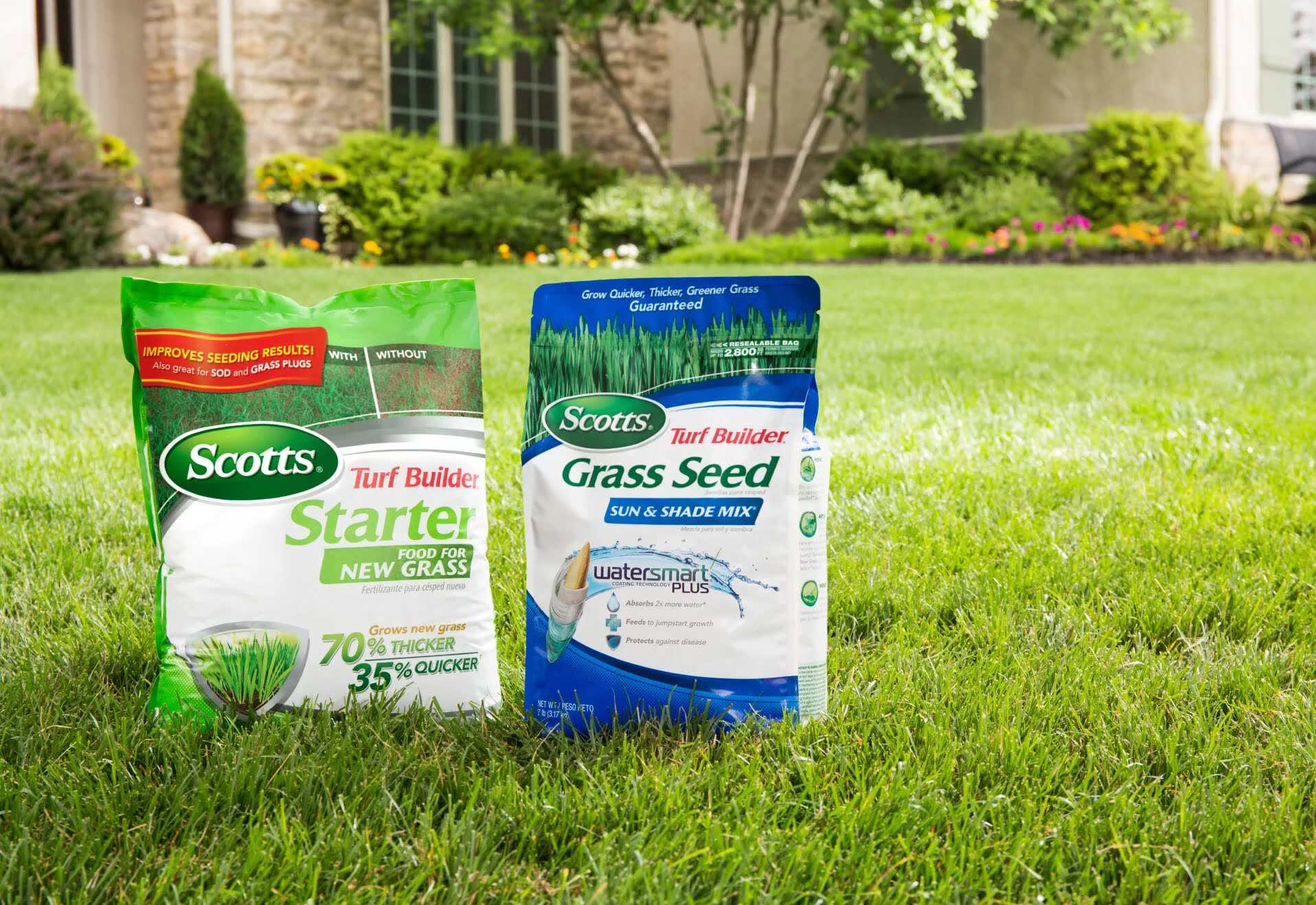

Garden Essentials
What Grass Seed Is Best For Full Sun
Modified: August 20, 2024
Looking for the best grass seed for full sun? Discover the top recommendations for your garden and create a lush green lawn.
(Many of the links in this article redirect to a specific reviewed product. Your purchase of these products through affiliate links helps to generate commission for Storables.com, at no extra cost. Learn more)
Introduction
When it comes to creating a lush and vibrant lawn in full sun areas, choosing the right grass seed is crucial. Full sun areas receive direct sunlight for a significant part of the day, which can be challenging for certain grass species to thrive in. However, with careful selection and proper maintenance, you can achieve a beautiful and resilient lawn that can withstand the intense heat and brightness.
In this article, we will explore the factors to consider when selecting grass seed for full sun areas and discuss some of the most common types of grass seed that thrive in such conditions. Additionally, we will provide recommendations for different regions and offer insights into the advantages and disadvantages of each grass type. Finally, we will share some essential tips on how to plant and maintain your grass seed for optimal growth.
Whether you’re a gardening enthusiast or a homeowner looking to transform your outdoor space, this article will serve as a comprehensive guide to help you choose the best grass seed for full sun areas and ensure a successful planting process.
Key Takeaways:
- Choose grass seed for full sun based on sunlight, drought and heat tolerance, and soil adaptability. Consider Bermudagrass, Kentucky Bluegrass, Zoysia Grass, Tall Fescue, or Ryegrass for different regions.
- Prepare soil, use proper seeding techniques, and maintain watering and care for successful grass seed growth in full sun areas. Enjoy a lush and vibrant lawn with the right grass seed selection and diligent maintenance.
Read more: Which Ground Cover Is Best For Full Sun
Factors to Consider for Full Sun Grass Seed Selection
When selecting grass seed for full sun areas, it’s important to consider several factors to ensure that you choose a variety that can thrive in these conditions. Let’s take a closer look at the key factors you should keep in mind:
Sunlight Requirements
Full sun grass seed varieties are specifically adapted to thrive in areas that receive direct sunlight for a significant portion of the day. These grasses usually require at least 6 to 8 hours of direct sunlight to grow properly. It’s essential to assess the amount of sunlight your lawn receives before selecting a grass seed variety, as insufficient sunlight can result in weak and sparse growth.
Drought Tolerance
Full sun areas are often prone to drought conditions, especially during the summer months. Therefore, it’s crucial to choose a grass seed variety that exhibits good drought tolerance. Drought-tolerant grasses have the ability to withstand periods of reduced water availability and can maintain their green color and overall health with minimal irrigation.
Heat Tolerance
In full sun areas, the temperature can rise significantly, exposing the grass to intense heat. Heat-tolerant grass seed varieties are capable of withstanding high temperatures and can continue to grow and thrive even during the hottest parts of the year. These grasses have adaptations that help them conserve water and handle heat stress effectively.
Read more: What Hanging Baskets Do Well In Full Sun
Soil Adaptability
The type and quality of the soil in your yard can significantly impact the success of your grass seed. It’s important to choose a grass variety that is well-suited to the soil conditions in your area. Some grass seed varieties are more adaptable and can thrive in a wide range of soil types, while others have specific soil requirements. Consider factors such as soil pH, drainage, and nutrient levels when selecting a grass seed variety.
Common Types of Grass Seed for Full Sun
There are several grass seed varieties that are well-suited for full sun areas. Each of these varieties has its own unique characteristics and benefits. Let’s explore some of the most common types of grass seed for full sun:
Bermudagrass
Bermudagrass is a warm-season grass that thrives in full sun conditions. It has excellent heat and drought tolerance, making it a popular choice for areas with hot and dry climates. Bermudagrass has a dense, fine-textured appearance and can withstand heavy foot traffic. This grass seed variety is ideal for sports fields, golf courses, and residential lawns.
Kentucky Bluegrass
Kentucky Bluegrass is a cool-season grass that performs well in full sun areas with mild temperatures. It has a lush, dark green color and a fine texture. Kentucky Bluegrass has good heat tolerance and can withstand moderate drought conditions. This grass seed is known for its ability to recover quickly from damage and is often used for lawns, athletic fields, and golf courses.
Read more: What Does Full Sun Mean For Outdoor Plants?
Zoysia Grass
Zoysia Grass is another warm-season grass that is highly suitable for full sun areas. It has excellent heat and drought tolerance and a dense growth pattern, which helps it resist weeds and withstand heavy use. Zoysia Grass has a fine texture and a medium to dark green color. It is commonly used for residential lawns, golf courses, and parks.
Tall Fescue
Tall Fescue is a cool-season grass that thrives in full sun areas with hot summers and cold winters. It has good heat and drought tolerance and maintains its green color, even during periods of heat stress. Tall Fescue has a coarse texture and is known for its vigorous growth and ability to adapt to different soil types. This grass seed is suitable for lawns, parks, and areas with heavy foot traffic.
Ryegrass
Ryegrass is a cool-season grass that germinates quickly and establishes rapidly in full sun areas. It has good heat tolerance and moderate drought tolerance. Ryegrass has a fine to medium texture and is commonly used for overseeding warm-season grass in the fall and winter to maintain a green lawn year-round. It is often seen on athletic fields, golf courses, and in residential lawns.
When selecting a grass seed variety for your full sun area, it’s important to consider the specific characteristics, maintenance requirements, and climate suitability of each type. These factors will help you choose the best grass seed that will thrive and provide a beautiful, durable lawn in your full sun landscape.
Best Grass Seed for Full Sun
Choosing the best grass seed for your full sun area involves considering various factors, such as the specific requirements of the grass, the climate of your region, and the advantages and disadvantages of each type. Let’s delve into these aspects to help you make an informed decision:
Factors to Consider
When selecting grass seed for full sun areas, there are a few important factors to consider. These include sunlight requirements, drought and heat tolerance, as well as soil adaptability. By keeping these factors in mind, you can choose a grass seed variety that will thrive in your specific conditions.
Recommended Grass Seed for Different Regions
While some grass seed varieties can thrive in various regions, others are better suited to specific climates. Here’s a breakdown of recommended grass seed varieties for different regions:
– Warm-Season Regions: Bermudagrass and Zoysia Grass are excellent choices for regions with hot and dry summers.
– Cool-Season Regions: Kentucky Bluegrass and Tall Fescue perform well in areas with moderate temperatures and cold winters.
Advantages and Disadvantages of Each Type
Each grass seed variety has its own advantages and disadvantages. Here’s a brief overview:
– Bermudagrass: Advantages include excellent heat and drought tolerance, high wear resistance, and quick recovery. However, it may turn brown in cooler months and requires more maintenance.
– Kentucky Bluegrass: Advantages include its ability to recover from damage quickly, beautiful appearance, and strong cold tolerance. However, it requires regular watering and may struggle in hot and dry conditions.
– Zoysia Grass: Advantages include excellent heat and drought tolerance, dense growth, and resistance to weeds. However, it has a slow establishment process and can turn brown in colder climates.
– Tall Fescue: Advantages include good heat and drought tolerance, ability to adapt to various soil types, and durability. However, it may require more water to maintain its green color during summer months.
– Ryegrass: Advantages include quick germination, rapid establishment, and ability to provide a green lawn all year round. However, it requires overseeding for winter maintenance and may require more frequent mowing.
Consider the specific advantages and disadvantages of each grass seed variety to determine which one aligns best with your preferences and the conditions of your full sun area.
By taking these factors into account and selecting the grass seed that suits your needs and regional climate, you can ensure a flourishing lawn in your full sun area, enhancing the beauty of your outdoor space.
How to Plant Grass Seed in Full Sun
Planting grass seed properly in full sun areas is essential to achieve successful germination and establish a healthy, vibrant lawn. Here are the key steps involved in planting grass seed in full sun:
Soil Preparation
Before planting grass seed, it’s important to prepare the soil to provide an optimal growing environment. Follow these steps:
- Remove any existing vegetation or weeds by using a tiller or manually pulling them out.
- Test the soil pH and make any necessary adjustments to ensure it falls within the appropriate range for the grass seed you are using.
- Aerate the soil to improve drainage and promote root penetration.
- Add organic matter, such as compost, to improve soil structure and provide essential nutrients.
- Level the soil by raking it to create a smooth and even surface.
Seeding Techniques
When it comes to seeding grass in full sun areas, following the correct techniques will enhance germination and ensure proper seed-to-soil contact:
- Choose the appropriate grass seed variety for your specific full sun conditions.
- Divide your total seed amount into two equal parts and spread half in one direction and the other half perpendicular to it.
- Rake the seed into the soil gently to achieve good seed-to-soil contact.
- Consider using a seed spreader or a mechanical seeder for more even distribution, especially for larger areas.
- Lightly roll the seeded area with a lawn roller to press the seeds firmly into the soil.
Watering and Maintenance Tips
Proper watering and maintenance are crucial to ensure successful establishment and growth of the grass seed in full sun areas:
- Water the seeded area immediately after planting to moisten the soil to a depth of 6 to 8 inches.
- Continue watering the area regularly, keeping the soil consistently moist until the grass seedlings have reached a height of 2 to 3 inches.
- Maintain a watering schedule to prevent the soil from drying out, especially during hot and dry periods.
- Mow the grass when it reaches a height of 3 to 4 inches, ensuring that you do not remove more than one-third of the grass height at a time.
- Fertilize the grass seedlings according to the recommendations for the specific grass variety you have planted.
- Regularly monitor and address any pest or weed issues that may arise.
By following these proper soil preparation, seeding techniques, and watering and maintenance tips, you can ensure successful germination and establishment of your grass seed in full sun areas. With time and proper care, you will enjoy a lush, green lawn that thrives under the bright sunlight.
Conclusion
Selecting the best grass seed for full sun areas is crucial for establishing a beautiful, resilient lawn that can withstand the intense heat and brightness. Consider factors such as sunlight requirements, drought and heat tolerance, and soil adaptability when choosing the right grass seed variety.
There are several common types of grass seed that thrive in full sun, including Bermudagrass, Kentucky Bluegrass, Zoysia Grass, Tall Fescue, and Ryegrass. Each of these varieties has its own unique characteristics and benefits, so it’s important to weigh their advantages and disadvantages to make an informed decision.
When planting grass seed in full sun areas, proper soil preparation is essential. Make sure to remove any existing vegetation, test and adjust the soil pH, and improve drainage with aeration and organic matter. Following the correct seeding techniques, such as evenly spreading the seed and ensuring good seed-to-soil contact, will enhance germination success.
Watering and maintenance are key to establishing healthy grass seedlings in full sun areas. Keep the soil consistently moist, especially during the early stages of growth, and maintain a regular watering schedule to prevent drought stress. Proper mowing, fertilization, and pest control are also crucial for maintaining a vibrant and well-maintained lawn.
In conclusion, with careful consideration of the grass seed variety, proper soil preparation, and diligent maintenance, you can create a thriving lawn that adds beauty and value to your full sun landscape. Enjoy the process of planting and nurturing your grass seed, and reap the rewards of a lush and vibrant lawn in full sun areas.
Frequently Asked Questions about What Grass Seed Is Best For Full Sun
Was this page helpful?
At Storables.com, we guarantee accurate and reliable information. Our content, validated by Expert Board Contributors, is crafted following stringent Editorial Policies. We're committed to providing you with well-researched, expert-backed insights for all your informational needs.
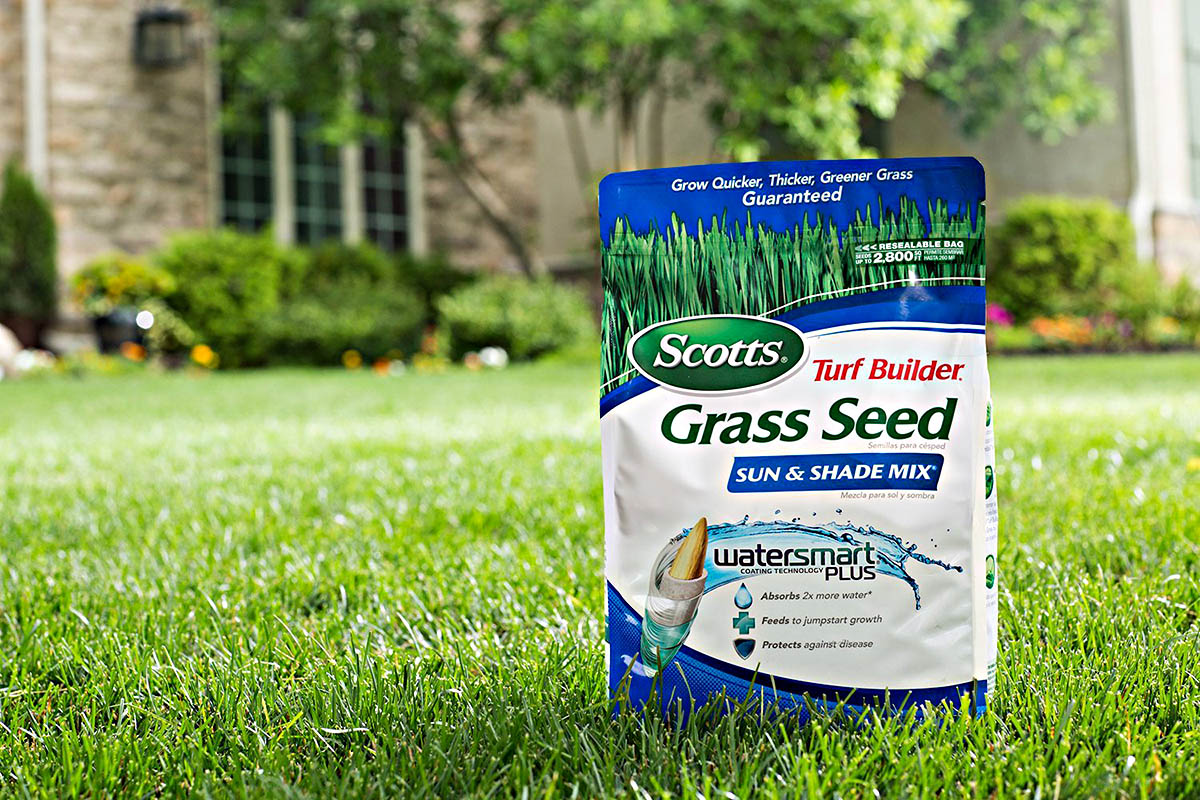
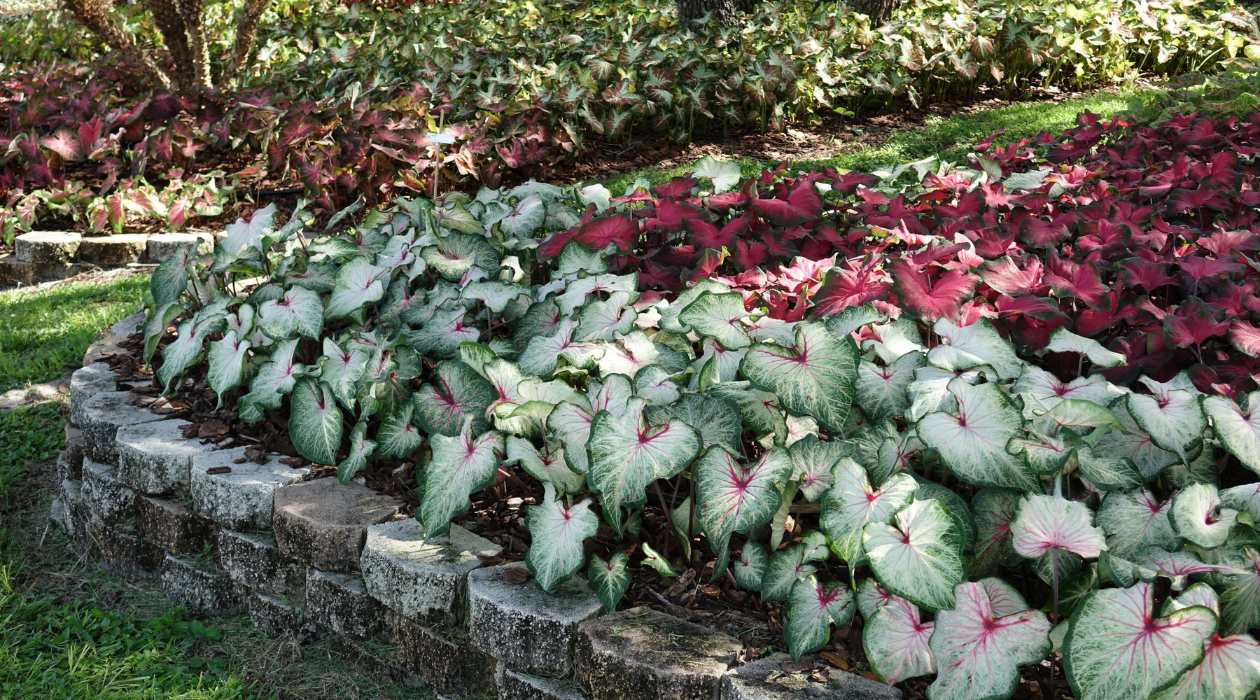
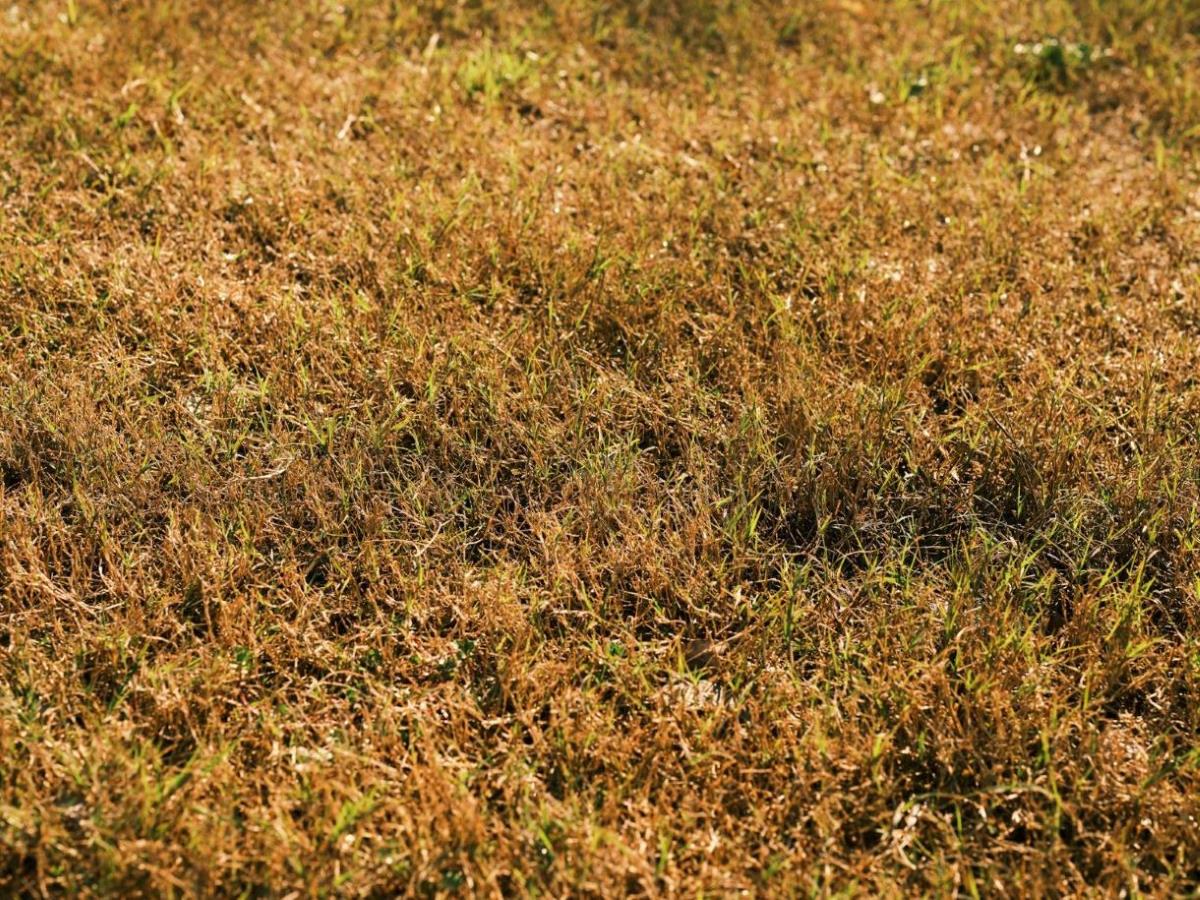
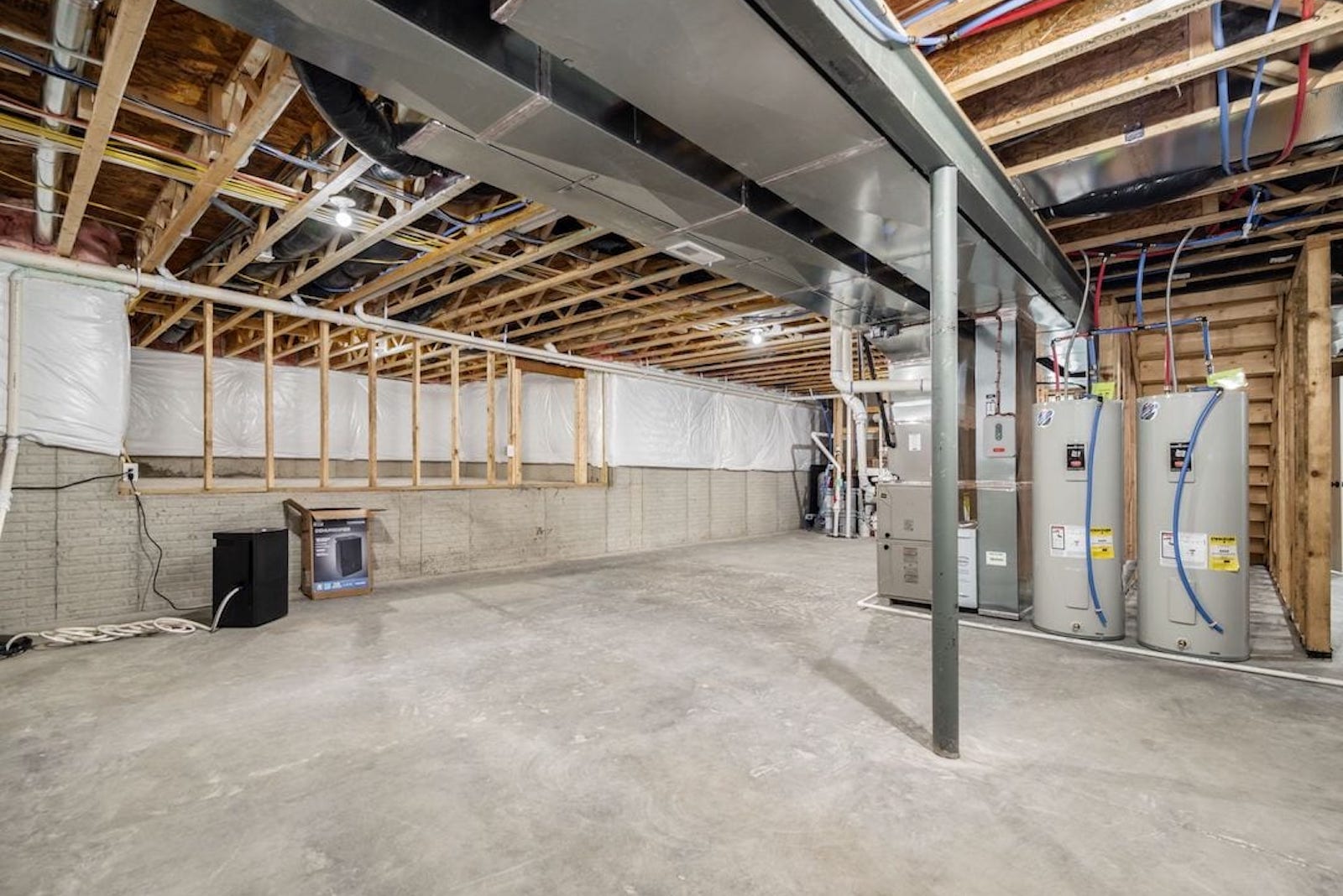
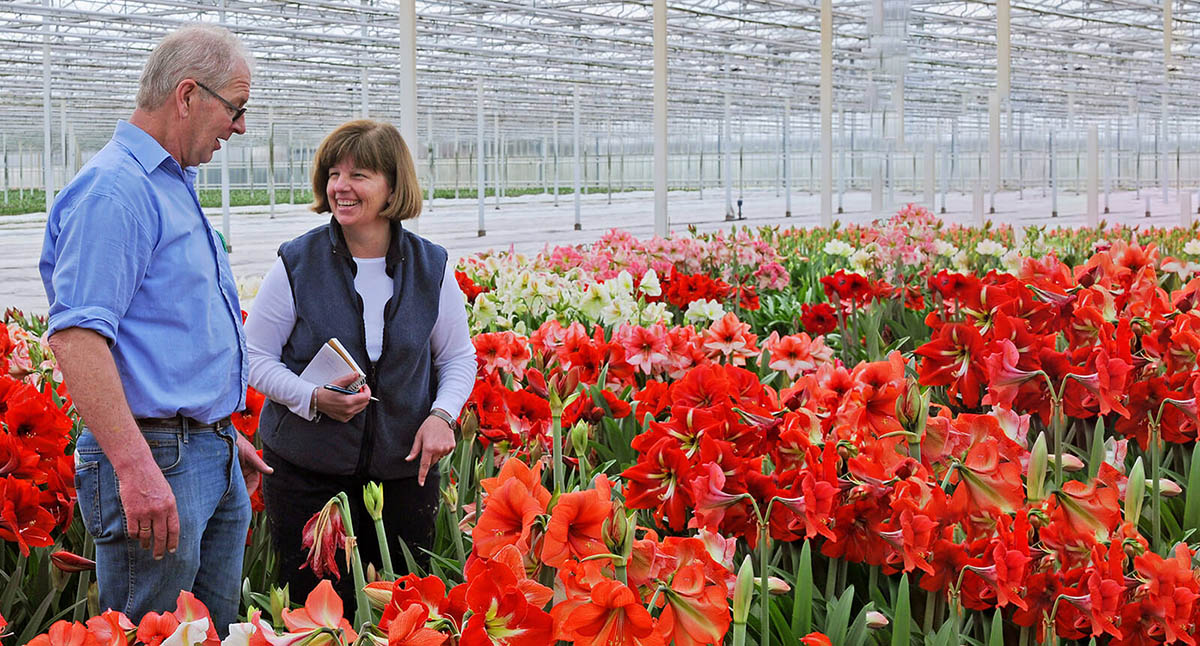



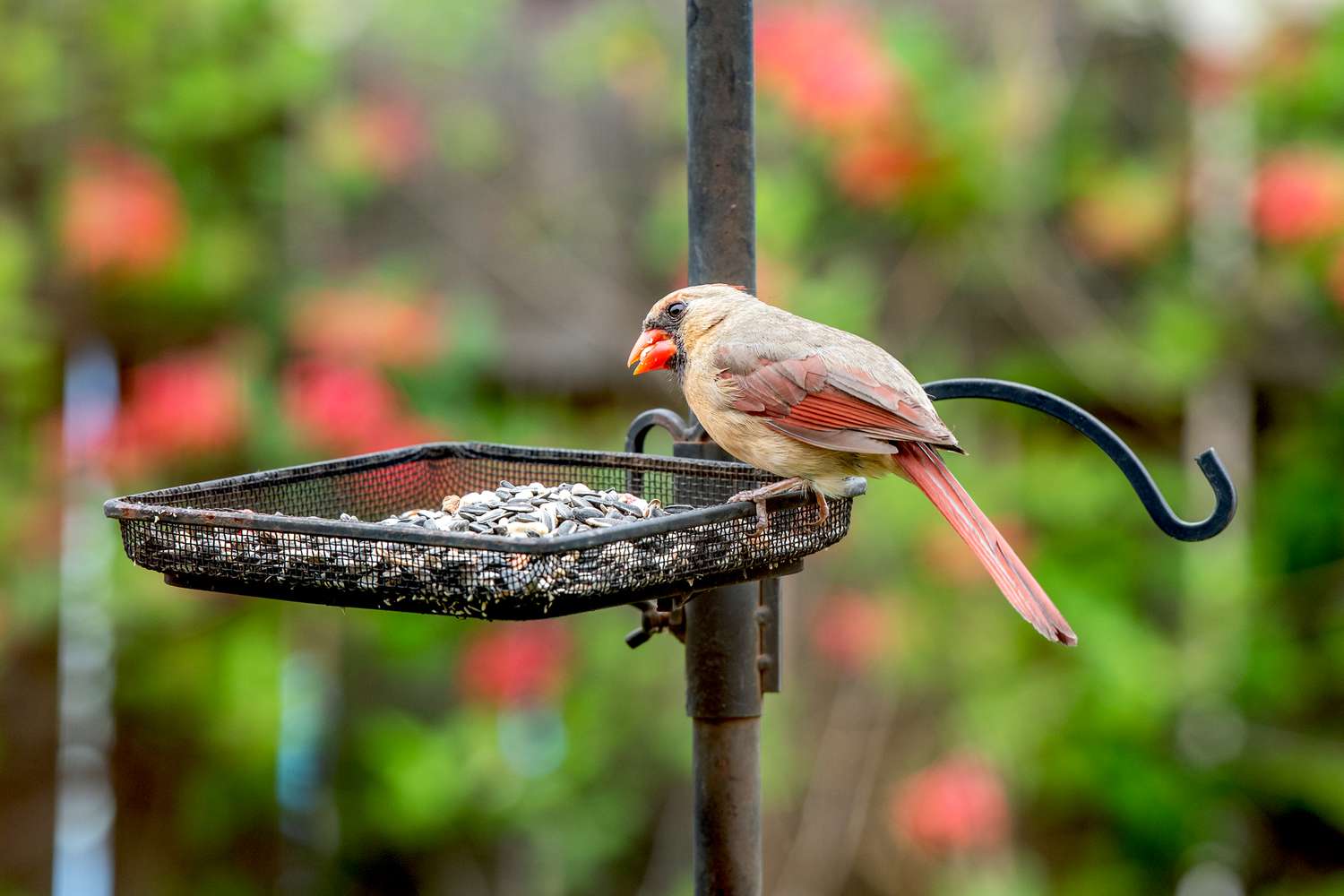
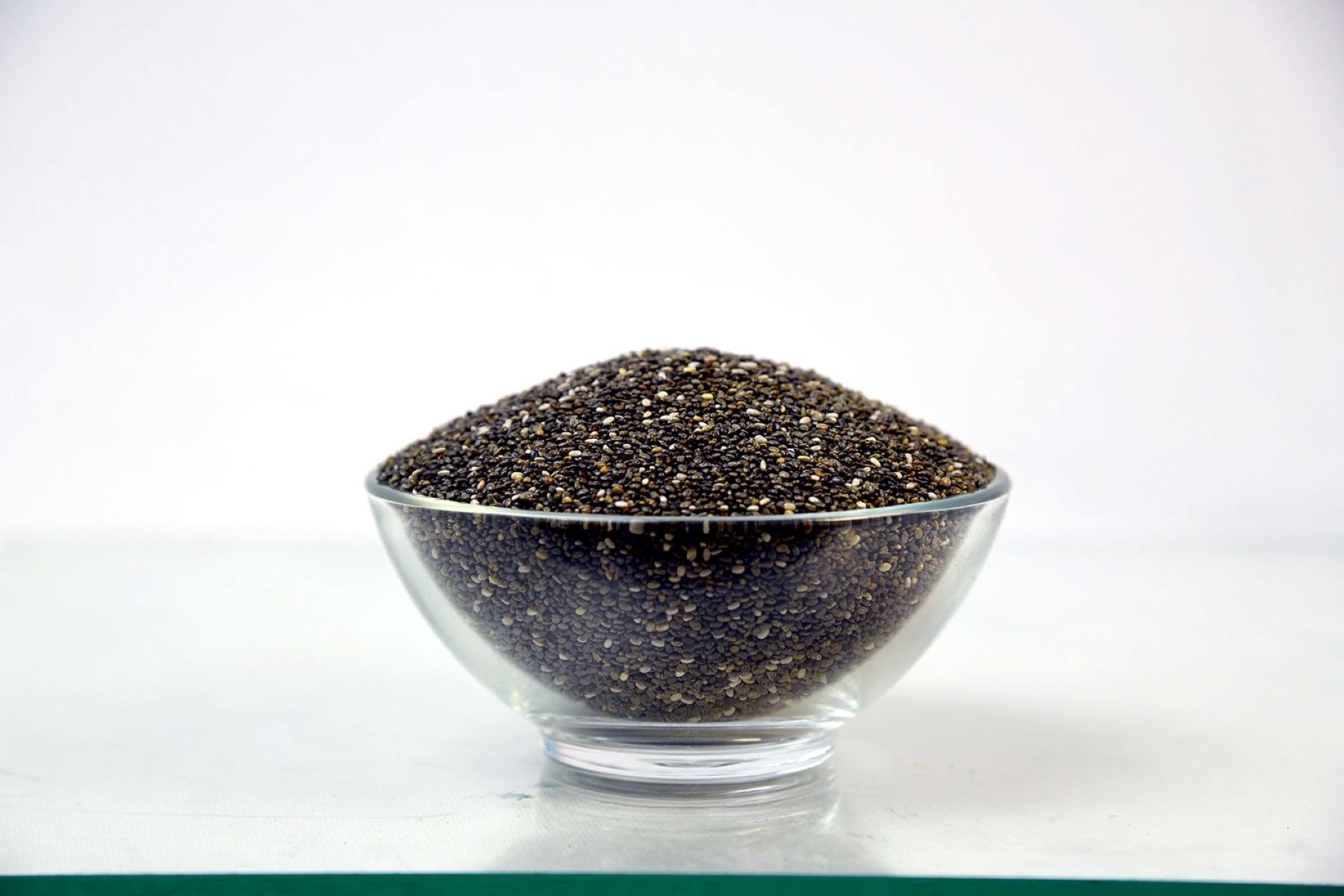


0 thoughts on “What Grass Seed Is Best For Full Sun”